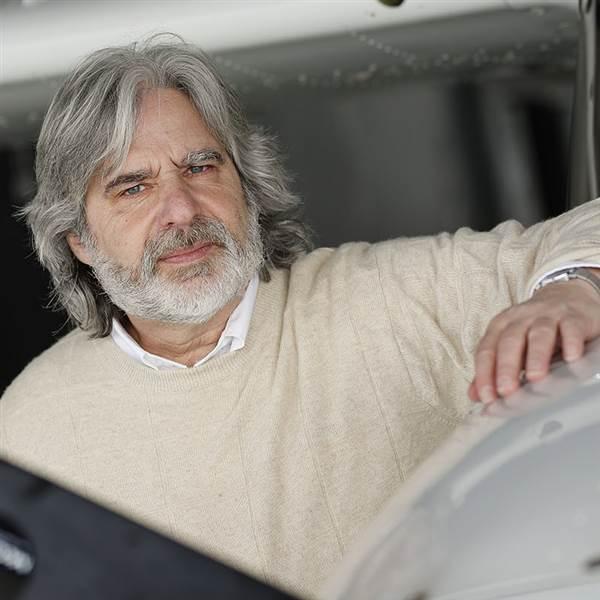FAA finalizes Superior Air Parts crankshaft AD
The FAA has adopted an airworthiness directive (AD) requiring the removal from service of some Superior Air Parts crankshaft assemblies used on all SAP Model IO-360-series and O-360-series reciprocating engines, and some Lycoming engines following three incidents linked to fatigue cracking of crankshaft assemblies.
The AD will take effect as a final rule on January 15. It affects an estimated 115 crankshaft assemblies installed on U.S.-registered aircraft, with a compliance cost per aircraft of $14,821, which includes labor expense and replacing the crankshaft assembly.
The AD does not apply to 77 crankshaft assemblies installed on experimental aircraft, the FAA said.
In a December 17 news release, Superior Air Parts said it was working on an alternative method of compliance for the AD and was hopeful that the FAA would approve it before the AD takes effect.
The AD was adopted as proposed on January 29, 2020, with the FAA dismissing objections of several organizations and individuals who submitted comments and denying requests for extensions of the public comment period that ended in mid-March. AOPA will continue to work with the FAA and Superior Air Parts to determine whether a cost-effective alternative exists that would maintain an equivalent level of safety and mitigate any unnecessary risk to the public.
"The FAA's risk analysis indicates that 100 percent of crankshaft assembly failures will destroy the engine," the final rule says, noting that the FAA concluded that failing to act would produce a high probability over time of 28 aircraft losses occurring, causing 53 fatalities.
The AD allows a one-time limited special flight permit to be issued to fly the aircraft to a maintenance facility to perform the actions of this AD with the following limitations: no passengers, VFR day conditions only, and avoiding areas of known turbulence.
The three crankshaft failures that prompted the AD—all involving “flight training aircraft”—occurred on March 6, 2017; August 3, 2017; and October 31, 2018, the FAA said.



